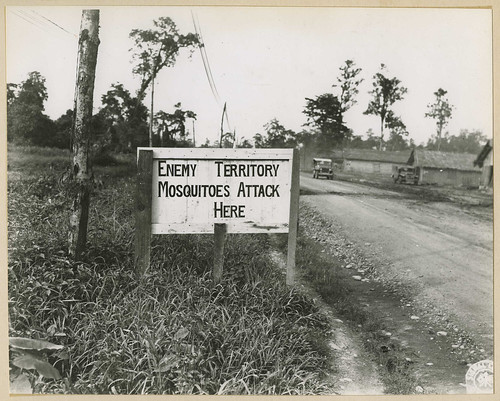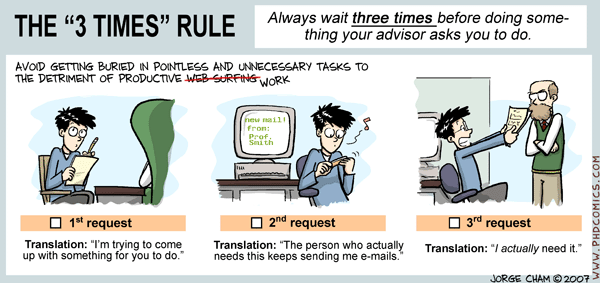 President Obama speaking with astronauts on the International Space Station March 24, 2009. From left: Sen. Kay Bailey Hutchison (TX); John Holdren, Director of the Office of Science and Technology Policy; Sen. Bill Nelson (FL), right, who flew aboard the space shuttle in 1986.
President Obama speaking with astronauts on the International Space Station March 24, 2009. From left: Sen. Kay Bailey Hutchison (TX); John Holdren, Director of the Office of Science and Technology Policy; Sen. Bill Nelson (FL), right, who flew aboard the space shuttle in 1986. Photo Credit: White House Photo/Pete Souza
This morning John Holdren, PhD, Assistant to the President for Science and Technology and Director of the Office of Science and Technology Policy, spoke at the AAAS Forum on Science and Technology Policy. Most of what Dr. Holdren presented this morning reinforced what President Obama recently said in his address at the National Academy of Sciences.
Dr. Holdren concluded his remarks by telling the audience that our greatest asset right now is the President's engagement with science and technology. It is refreshing to have an Administration who is on the side of science, but this does not mean that we can be complacent.
Congressman Bart Gordon, Chair of the House Committee on Science and Technology, also spoke at the Forum this morning, and called on the science community to demonstrate the results of science. He said it is essential to "put a face on science" and to help the public understand that science is about jobs and quality of life because there are many competeting programs and a limited budget.
While the American Recovery and Reinvestment Act and FY 2009 appropriations have provided an infusion of funding for research and development, more work is ahead to ensure that research is a funding priority in the years ahead. Stan Collender of Qorvis Communications and a U.S. budget expert told the Forum audience that starting in 2011 there will likely be ambitious budget deficit reduction efforts, some of which will come from cuts in discretionary spending. This means that in order to pay for research, other programs would have to be cut. Collender said that it will be critical for scientists to talk to the public and Congress about why research is important to the U.S.
So, although science and technology has this tremendous asset in the White House, the overaraching message that I heard this morning is that scientists need to speak out now to ensure research continues to be a priority.






























